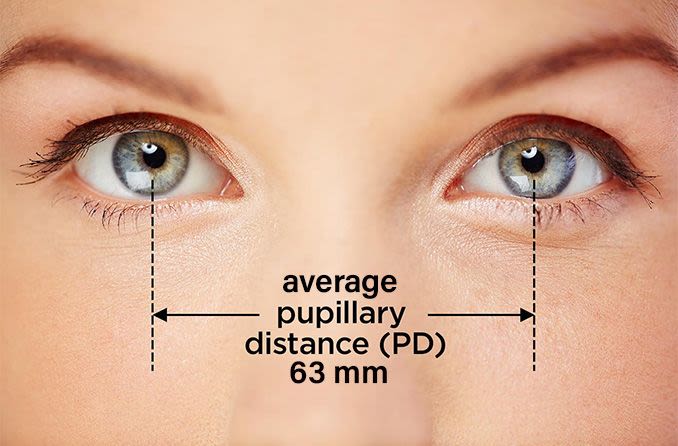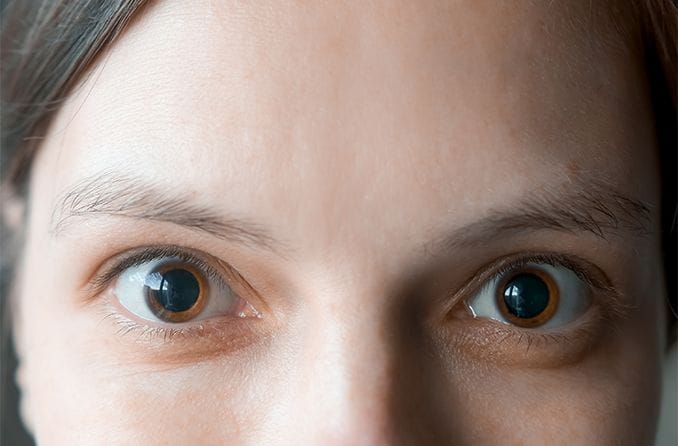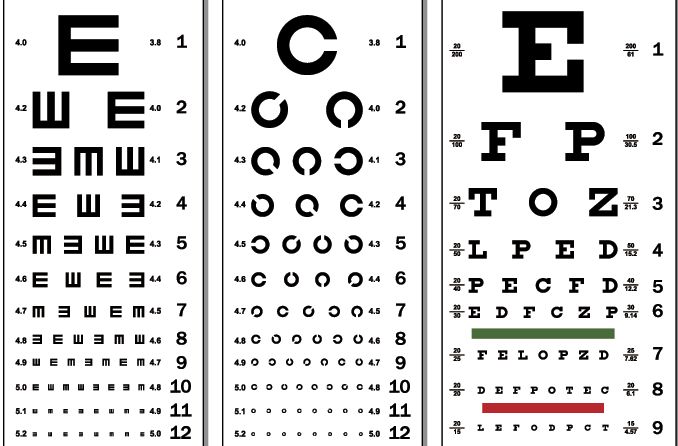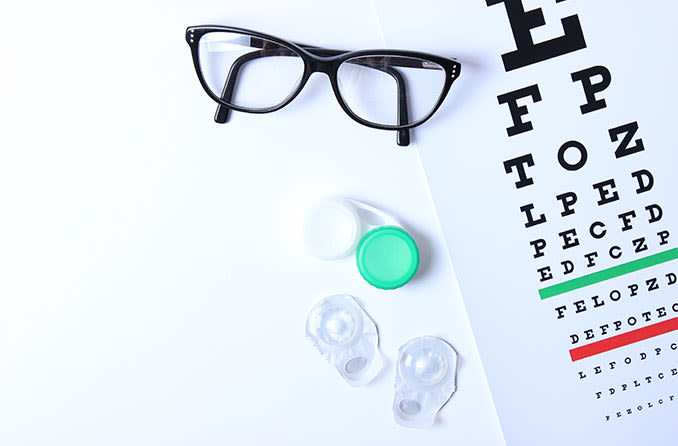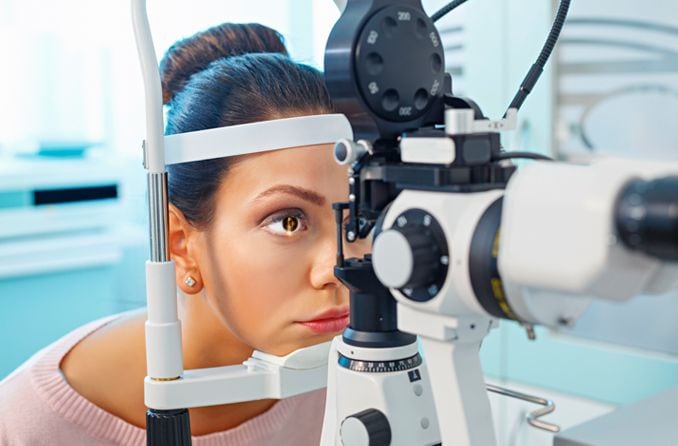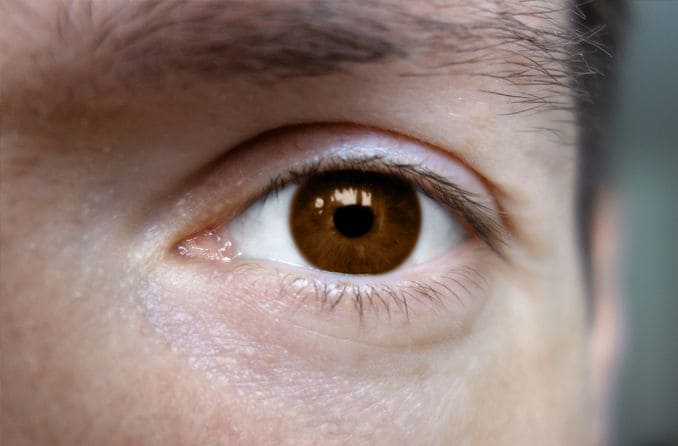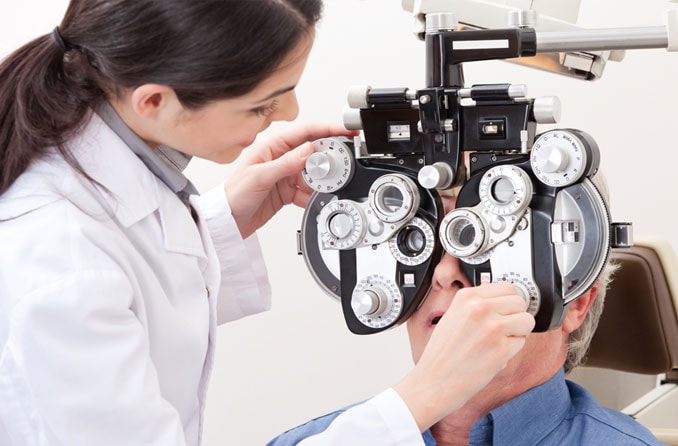What is pupillary distance (PD)?
Pupillary distance (PD) is the distance between the pupils of your two eyes. It is an essential measurement when buying a new pair of eyeglasses or prescription sunglasses. For greatest comfort and clarity, the optical center of each lens of your glasses should be aligned directly in front of the center of your pupil.
PD is measured in millimeters (mm). The average pupillary distance for an adult is about 63 mm, but this is not a number you’ll want to assume. Pupillary distance can vary widely — roughly between 51 mm and 74.5 mm for women and 53 mm and 77 mm for men.
